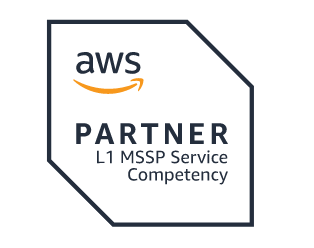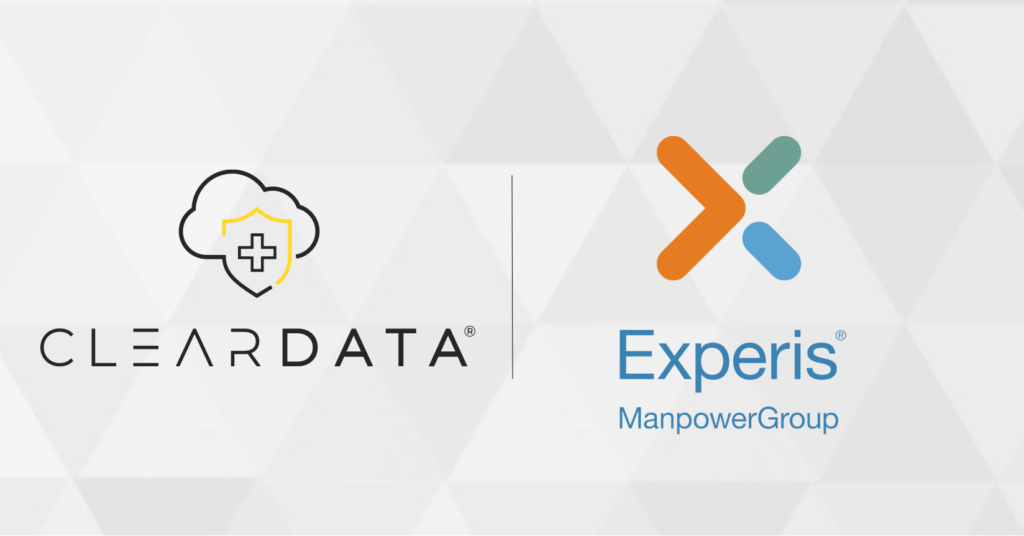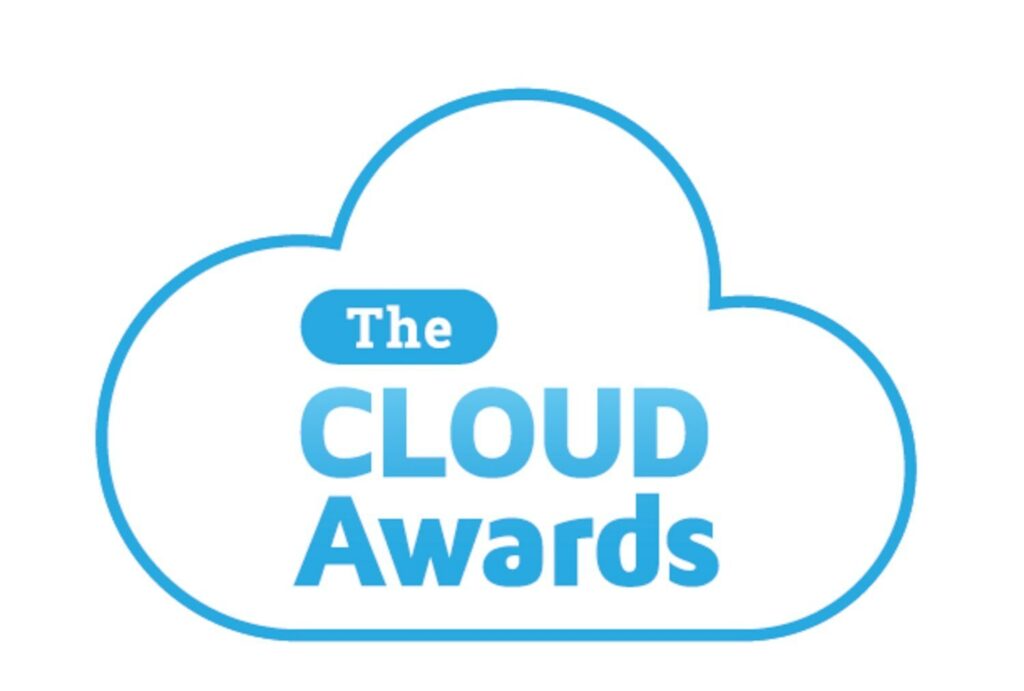Why Healthcare Organizations Need a Cloud Strategy for 2018
by Darin Brannan, CEO, ClearDATA
Originally published February 23, 2018 at itbriefcase.net
If innovation, security or hyper growth is a goal, delaying a move to the cloud is no longer an option
Although healthcare’s migration to the cloud has sped up in the past few years, many internal IT departments are still lagging behind, relying on legacy infrastructure and data centers while pushing back on requests to better support existing services—or innovative new ones. One of the most common responses to such requests: “We’ll be able to accommodate that after we move to the cloud.”
The problem, however, is that this move is often delayed until the healthcare organization has a major system to replace, such as an EHR. As the thinking goes, why not just modernize IT infrastructure at that point, as well?
I’ll give you three reasons: Innovation. Security. Hyper growth.
If any of these are a goal for your own healthcare organization, a scalable and secure cloud environment is highly advised. It simply takes too long to provision additional servers to handle high volumes of users and transactions, while cyber-attacks on healthcare systems and patient data are only increasing. Just look at the current onslaught of ransomware attacks on hospitals around the country. Take it from me, the CEO of a professional cloud services company that is deeply familiar with the “dark web”—your overworked, understaffed internal IT team is no match for a sophisticated cyber-crime syndicate working around the clock to figure out an entry point to your systems and data.
Of course, other factors are also essential for achieving innovation and growth. Talented application developers, for example, are critical for bringing to life innovative digital health services. And certainly good sales teams are needed to spur expansion and growth. But application development happens far more quickly in certain cloud environments, and should that application take off, it’s going to need scalable, secure IT infrastructure to accommodate the ensuing high volumes of users and patient data.
To further underscore the cloud’s foundational role in facilitating innovation, growth and security in healthcare, let’s look at some specific examples, based on cloud utilization by three of our company’s customers.
Innovating genomic research
Scientists around the world are studying genetics to unlock the secret of how patients respond to treatment. As such, genomic research needs to find its way into clinical practice much faster. One of our customers at ClearDATA wanted to speed to market their own solution so that patients could have answers fast, and confidentially. However, building prototypes and development would first require spinning up a HIPAA-compliant setting—which in turn would require months of study.
That is, if done internally. Our customer opted instead to move development to a turnkey, healthcare-exclusive cloud setting that was designed to rigorously comply with HIPAA requirements. As a result, the organization had a fully-functioning system available for early access customers well ahead of what it could have built internally. The organization has continued this arrangement, offloading security and intrusion protection to us so that it can stay focused on realizing their goal that every patient seeking treatment has access to genomic testing and genomics-guided treatment.
Igniting telehealth services growth
Telehealth is rapidly becoming a mainstream care delivery mechanism, in no small part due to an aggressive market push by ambitious telehealth vendors. Another ClearDATA customer has expanded its telehealth services into 50 pharmacies per year, now with more than 400 sites in 46 states. It didn’t do so by relying on outdated infrastructure and slow-to-provision new servers.
Instead, the customer turned to us to migrate its data warehouse and core business app across several cloud servers, eliminating scalability concerns. Additionally, the customer keeps an eye on HIPAA compliance through a real time dashboard we offer that alerts when IT safeguards drift out of compliance—an innovation that replaces the need for scheduled security risk analyses.
Today, our customer is able to provision new cloud server space in minutes; in stark contrast to the weeks it typically takes to order and spin up a new server internally. Security compliance is also streamlined—significantly—with real time monitoring replacing 90-day security risk assessments.
Meeting a dual security challenge: HIPAA and PCI compliance
Understanding and applying HIPAA’s data security and privacy safeguards are onerous enough. Now add the complexity of complying with the payment card industry’s (PCI) requirements for protecting against a breach of financial data. Not too many organizations can nimbly learn and implement both sets of guidelines on their own—and most shouldn’t even try.
Instead, take a page from a ClearDATA customer that provides uninsured patients a free service to help identify benefits they may qualify for. This company didn’t want the entire responsibility of maintaining data compliance to fall on just a few employees. What the company ultimately sought was a managed cloud provider who fully understood the different and rigorous data safety requirements—and build a data infrastructure that adhered to them.
After connecting with ClearDATA, the company now has a fully HIPAA-compliant, PCI compliant infrastructure that scales up or down rapidly, easily adjusting to changing needs. With peace of mind that data is secure, our customer can focus on helping people get the care they need.
Indeed, that’s a universal focus in healthcare, and one that organizations should devote more time and resources to than maintaining IT infrastructure. Certainly initiatives like that of the new venture by JP Morgan, Amazon and Berkshire Hathaway will rely on the cloud to support innovation, growth and security.
For those healthcare organizations that are already in the game, use the cloud to make a market disruption of your own. There is no good reason to wait to make healthcare better for us all.


